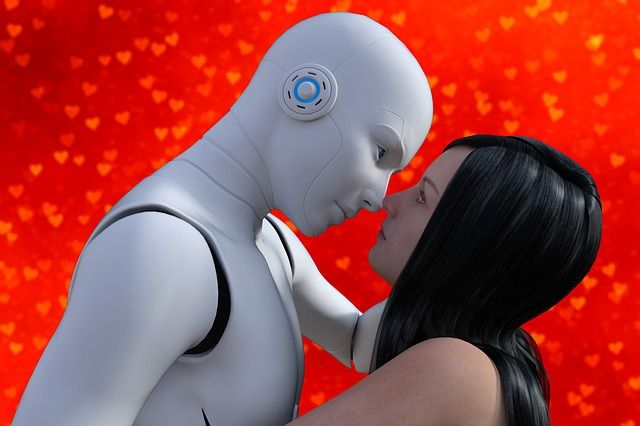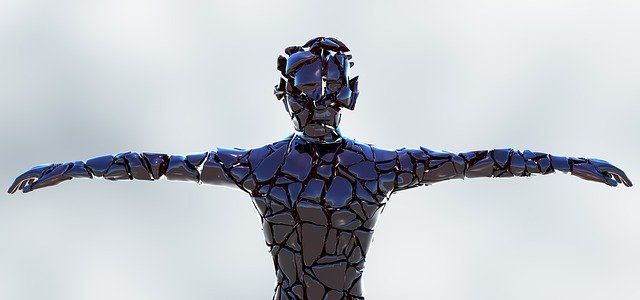Human-robot couples - perfect relationship?
On the Asian continent, "established" human-robot unions are known. For robots to be "conscious or semi-conscious" entities would take several decades. Affection and human interaction are being lost.

The then distant and fictitious scene contained in films, literature, and music of an affective relationship between humans and robots is getting closer and closer, although not in the immediate future. According to Jesús Savage Carmona, founder and head of the Biorobotics Laboratory at UNAM's Faculty of Engineering (FI), for this to happen, their systems must evolve and become more complex, so that they become "conscious or semiconscious" entities, and this relationship becomes possible.
"We will only be able to consider this approach when we have and define how to 'carry' that 'consciousness' and what brain site is activated to indicate that an entity is 'conscious'; I think we are going to do it, I don't want to predict, but it may take 30 years, 100 years, I don't know," he said.
First, we must define what affection is to be able to say "my robot loves me"; it is made possible through science, we can simulate that, of course, we could make it respond, look at me and consider that it shows emotion when it sees me, but we must make it clear that this is artificial, it can be considered realistic in appearance, but it is not an indication that it does it naturally: "it is a lie that it shows you".
Savage Carmona, a specialist in mobile robots and intelligent agents, explained the above regarding the versions spread around the world about "established" couples between humans and automatons in the Asian continent. Unfortunately, the information about what is happening has been extrapolated, there have been cases of robots such as 'Sofia' that was even granted nationality in Saudi Arabia, and even has a passport to travel, but in reality, the robot has no conscience, it is an automaton, which even with a certain autonomy, someone controls.
This can be attributed to the fact that in Eastern cultures, specifically in Japan, there is a belief that objects have souls, a lamp, for example, and even if it is at a commercial and minuscule level, a few years ago there were the so-called "Tamagotchis", or virtual pets. There is a certain familiarity attributed to objects, although not in a generalized way, we can corroborate it with intelligent virtual assistants such as "Alexa" and "Siri", or the Google assistant, that people begin to take affection for them, even speaking to them with certain intonation. It is affection and human interaction perhaps that is being lost.

Chapter one of "I, Robot", by the Russian writer Isaac Asimov (1950), describes the fascination that this "human-made device, capable of sensing, understanding and interacting with its environment" has exerted on mankind.
- What's the matter, my dear?
-You know what's going on. It's Gloria and this terrible machine. - What terrible machine?
-Don't pretend you don't know what I'm talking about. The robot, which Gloria calls Robbie. It won't leave her side for a moment. - You're going to listen to me, George. I don't want to see my daughter entrusted to a machine, no matter how smart it is. She has no soul and no one knows what she's capable of thinking. A little girl is not meant to be guarded by a metal 'thing'."
The seduction of the robot increased from the 15th century with the restlessness of Leonardo Da Vinci. However, it was not until 100 years ago that the Czech writer Karel Čapek created the term "robot", which he made public in the work "R.U.R." (Rossum's Universal Robots) performed at the National Theater in Prague in 1921.

Symbiotic human-robot relationship
"Of course, at first it had been thought that robots were going to completely replace humans, but we have realized that this is not going to happen as such, but rather what is expected shortly is that it will be a symbiotic relationship, where both robots and humans collaborate," assured Jesús Savage. The researcher, together with a group of university students from different generations, are the creators of "Justina", a service android built-in 2006, in the Biorobotics Laboratory of the FI, in which undergraduate and graduate students of related vocations converge.
The use of industrial robots in the world's factories has accelerated at a considerable pace. According to the recent report of the International Federation of Robotics, last December 14, the average density worldwide in manufacturing is 126 per 10,000 employees.
This is almost twice as high as five years ago when an average of 66 units was recorded. By region, the average density in Asia-Australia is 134 units; Europe, 123; and in the Americas, 111. The five most automated countries are South Korea, Singapore, Japan, Germany, and Sweden.




